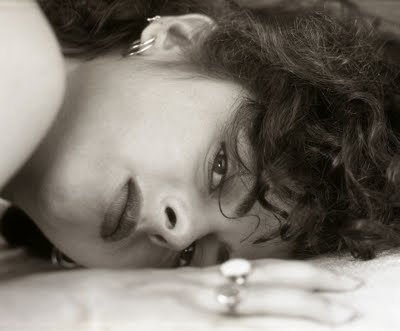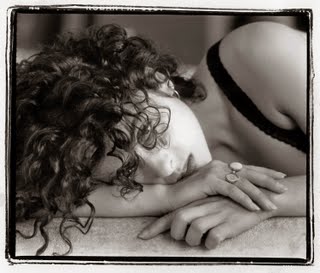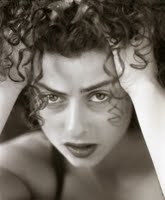
Just a couple of days ago I sold a photograph of Robertson Davies to a Barcelona publisher. I have been dealing with with a M. Àngels whom I suspect is a woman called María de los Ángeles. She refuses to reply to my Spanish and sends me letters in French. But she did indicate in English, “We are interested about the attached image. This is the mosaic of faces.” The picture in question is a scanned contact sheet. She must be young enough to have not concept (and this is most understandable) as to how we photographers used to (and some of us still do) make contact sheets in the darkroom. I have become a tad lazy about making contact sheets in the darkroom since I can scan the negatives in a sleeve and get just about the same thing without mixing any chemicals. I have to admit it is convenient.

It has all made me think how the language of photography has changed and the hidden messages the language changes convey. A friend of mine from Mexico used to say, “I am going to make a photograph.” I thought it a bit too much in the same way I prefer the use of the word photograph to the slightly more pretentious image. I like to say I take photographs or I take pictures. The modern term now is to capture a photograph (and more often) to capture an image.

Because that captured image does not remain in the camera for long as modern photographers chimp (to look at the image in the back of the camera right after taking it) they are losing (to lose is a loss only when you realize what you are missing) the concept, that wonderful concept, of the latent image. This is about an image that is there even when you cannot see it. In the 19th century the term used was to develop or develop out the latent image. That perceived magic which is magnified when one sees a b+w print’s image emerge in a developer bath in the subdued reddish light of a darkroom an experience that is forgotten (if you once printed) or it is an experience never had if you never printed. As my students look at each other’s little screens I see the benefits. They are instant benefits.

When one begins photography, be it digital or the other there is an important breakthrough that some photographers achieve and some that never realize of its possibility. The beginning photographer (I was one) relished going into the darkroom to print a negative or negatives. I would spend hours deciding on the crop. Should I remove this or that part of the negative? I may have spent a lot of money on sheets of photographic paper doing this. Then one day I decided I was going to crop in the camera and print the whole negative. What helped me in this is that I would decide that a picture could be a vertical and a horizontal and I would shoot both of them. This meant I never had to convert a horizontal to vertical by cropping it.

Photographers who printed their own negatives had a way of conveying that they printed 100% of the image of a negative. The method was to file (a metal file) the edges of the negative carrier. The edge would go a bit beyond the edge of the film negative and the roughness of the filing made the edge/border of the printed photograph a personal signature. No two negative holders could be identical. In the best of those past worlds the filed-edge border meant the photographer had printed the photograph.
But as soon as photography was digitized that border could be copied and inserted around any picture, be it cropped or not. For a while this happened until the memory of what the filed edge represented was lost. These Photoshop filed-edge-look borders are called crazy borders now. It is no different than not knowing what that crank that was inserted in 20s cars was supposed to be for.
So when you see my photographs here with that "crazy" border it means that I have real darkroom prints in my files or I have recently printed some. If the pictures do not have the border it means that I have scanned the negative.
The pictures here are of Susan Fiedler. I wrote about her before here and here.

I think I have to look for someone like Susan to inspire me to take some new photographs. Meanwhile I will not forget what do to with that crank if the motor does not start.






